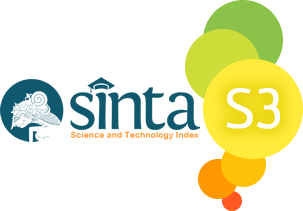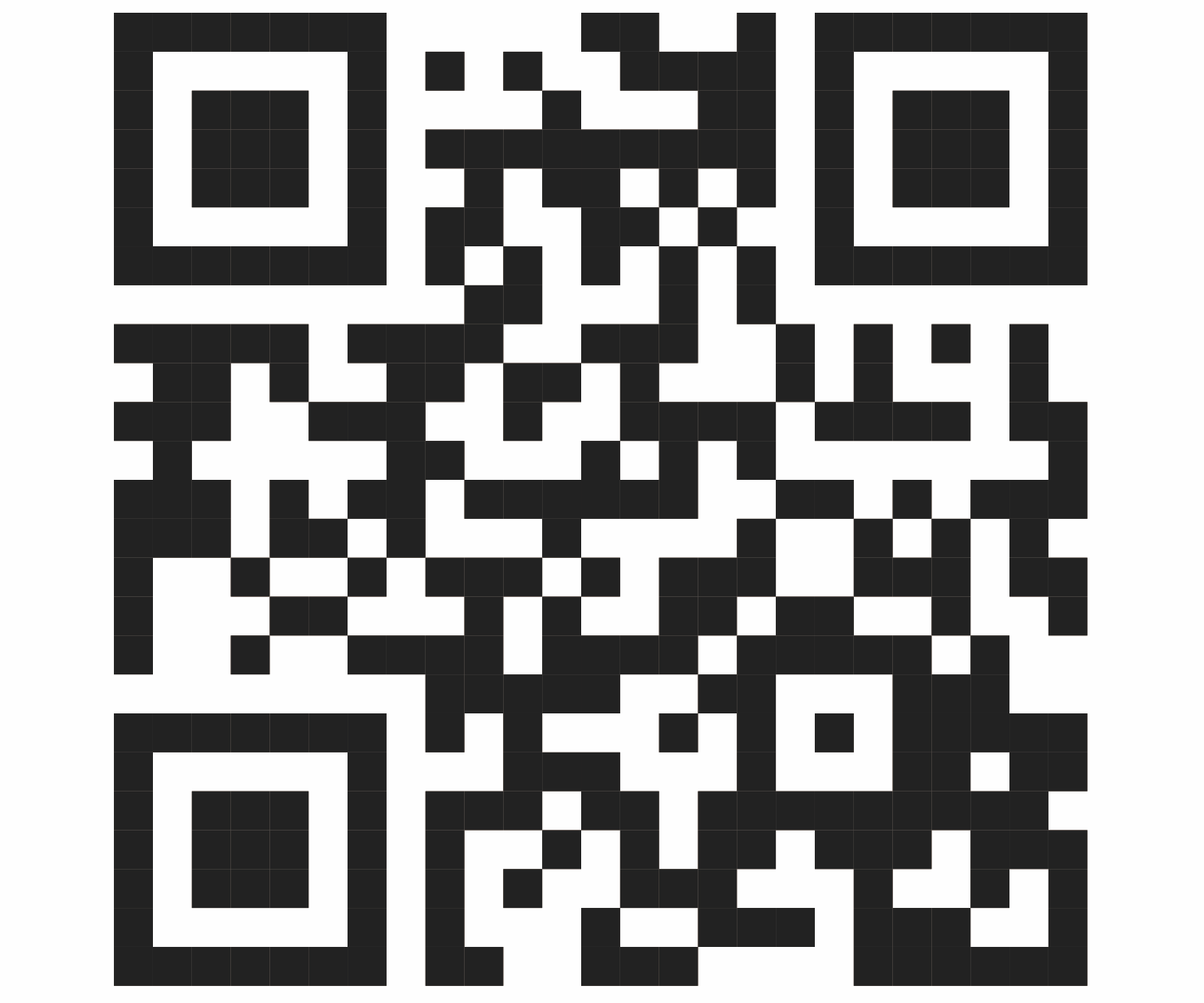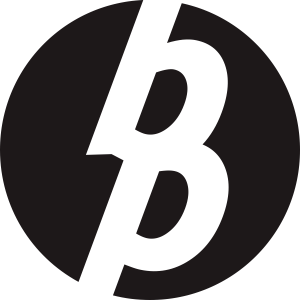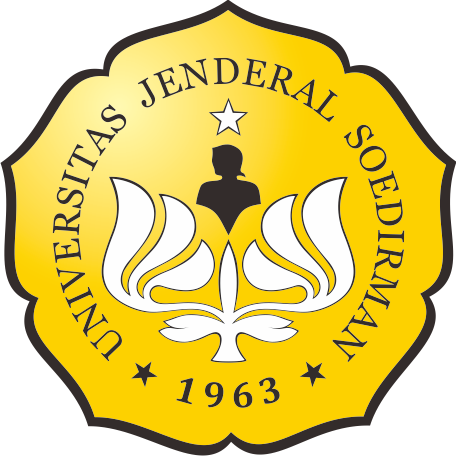GROWTH OF SEAWEED Gracilaria verrucosa CULTURED ON DIFFERENT INITIAL WEIGHT WITH LONGLINE METHODS IN KARIMUNJAWA WATERS
Abstract
One factor that can optimize seaweed production is determining the initial weight of planting. However, planting seaweed in open waters is very vulnerable to aggregation from herbivorous fish. This study aims to determine the best initial weight for the growth of G. verrucosa, which is cultivated in net cage by the longline method. Net cages, made of nylon, are applied as protection for G. verrucosa from aggregation of herbivorous fish. This research was conducted in Karimunjawa waters, Jepara Regency, Central Java, for 42 days. The experimental design used was Randomized Block Design (RBD), with three treatments and four replications each. The treatment was different initial planting weights of 25, 50, and 75 g. The observed variables included culture techniques, relative growth rates, specific growth rates, and water quality. The analysis showed that the different initial weight was very significant (P <0.01) on the growth of G. verrucosa. Treatment with an initial weight of 25 g gave the best relative growth rate (2.07±0.25%.d-1), and the best specific growth rate (1.48±0.13%.d-1). Furthermore, this study was able to prove that the use of a net planting cage on a seaweed hanger can avoid aggregation of herbivorous fish, which is indicated by the growth of G. verrucosa.
Full Text:
PDFArticle Reads
Total: 1481 Abstract: 737 PDF: 744Refbacks
- There are currently no refbacks.

This work is licensed under a Creative Commons Attribution-ShareAlike 4.0 International License.
This website is maintained by:
Bio Publisher
The Faculty of Biology Publishing
Faculty of Biology
Universitas Jenderal Soedirman
Jalan dr. Suparno 63 Grendeng
Purwokerto 53122
Telephone: +62-281-625865
Email: biologi@unsoed.ac.id
T his website uses:
OJS | Open Journal System
A free journal management and publishing system that has been developed by the PKP (Public Knowledge Project) version 2.4.8.0.
All article content metadata are registered to:
Crossref
An official nonprofit Registration Agency of the International Digital Object Identifier (DOI) Foundation.
Articles in this journal are indexed by:









